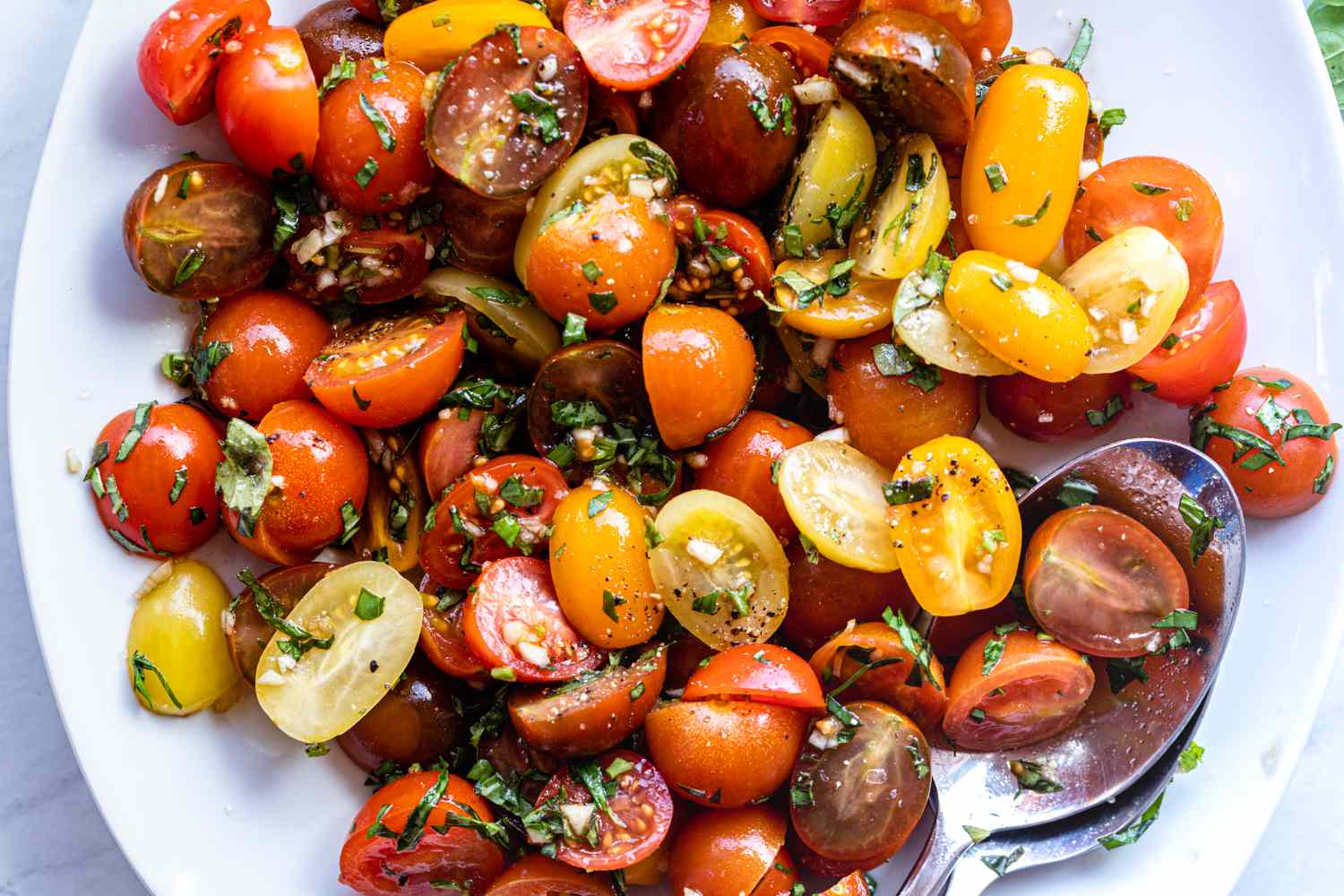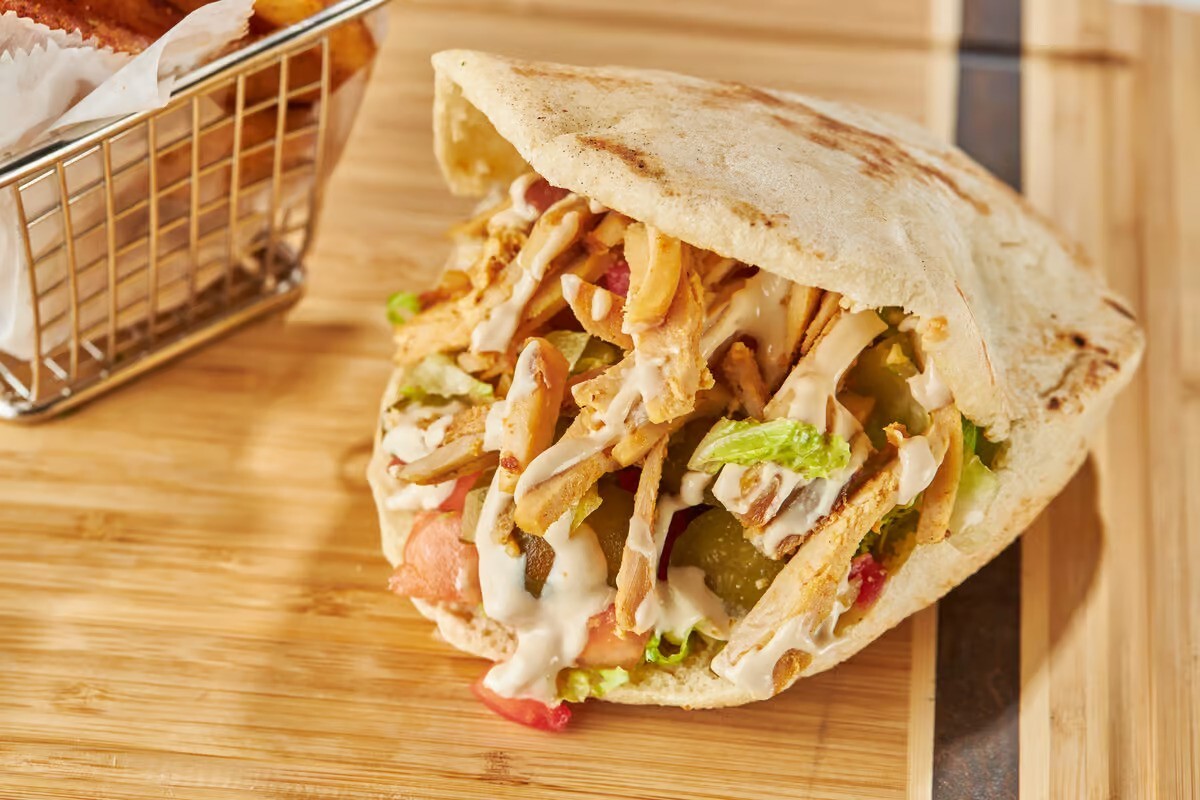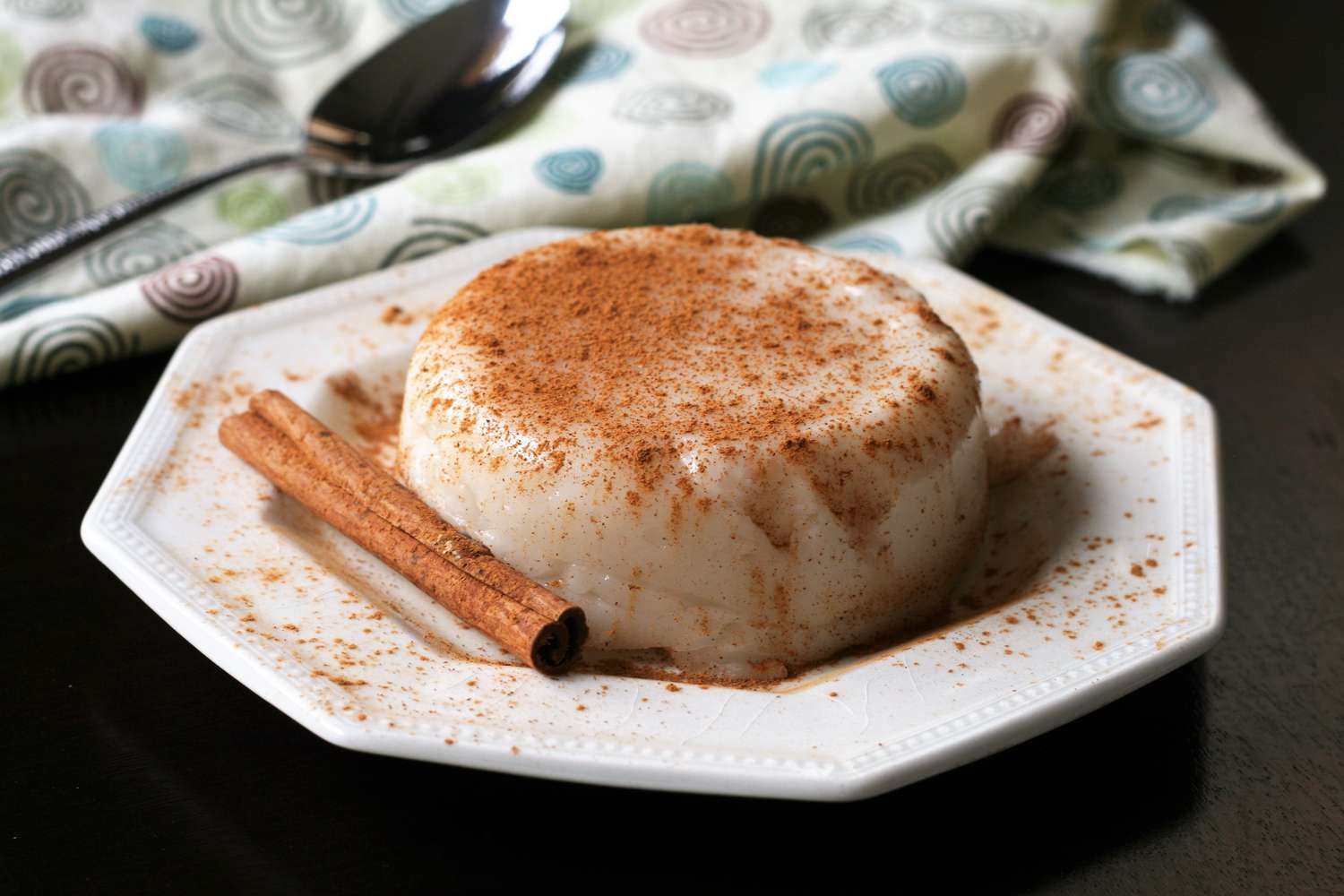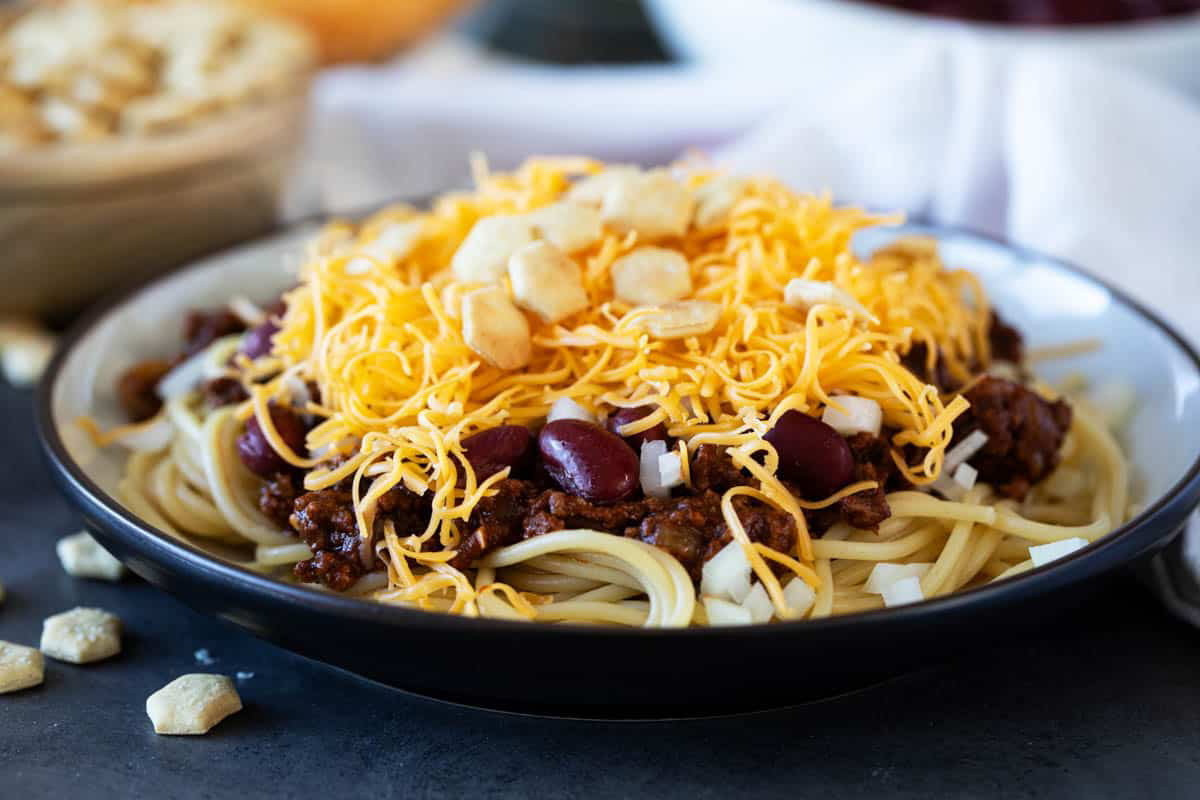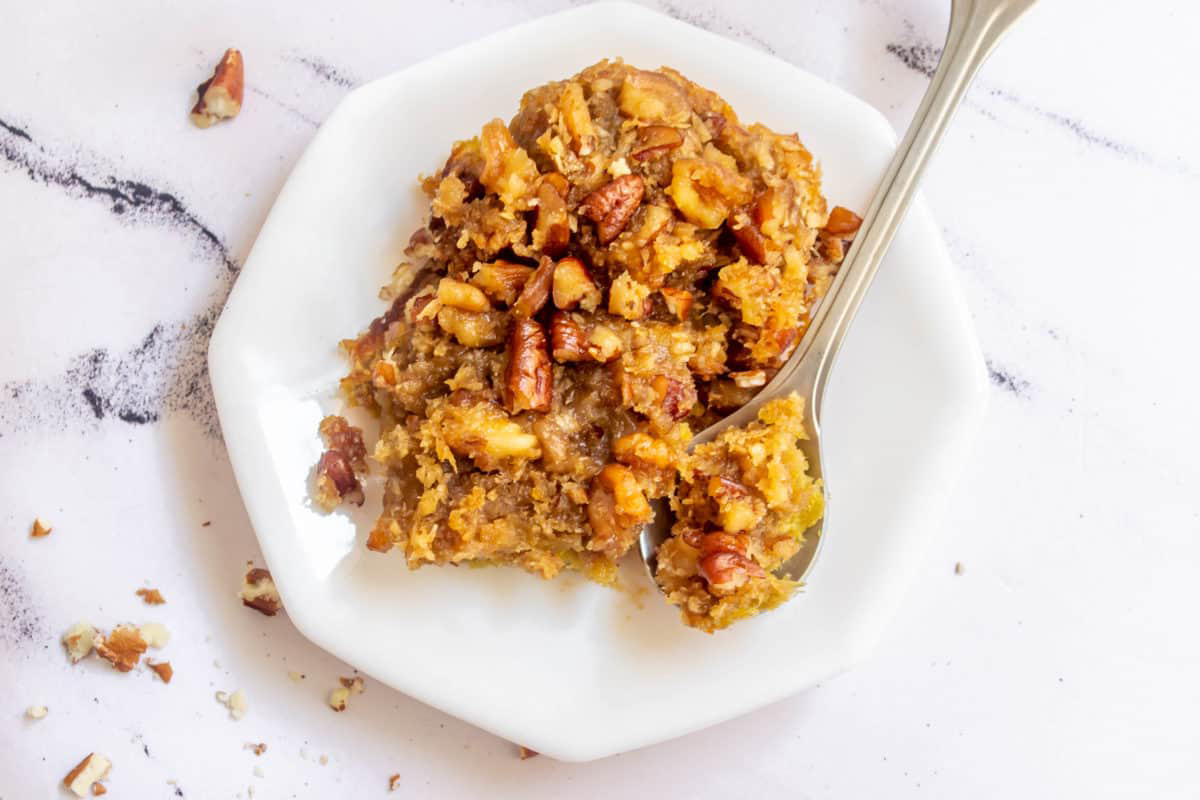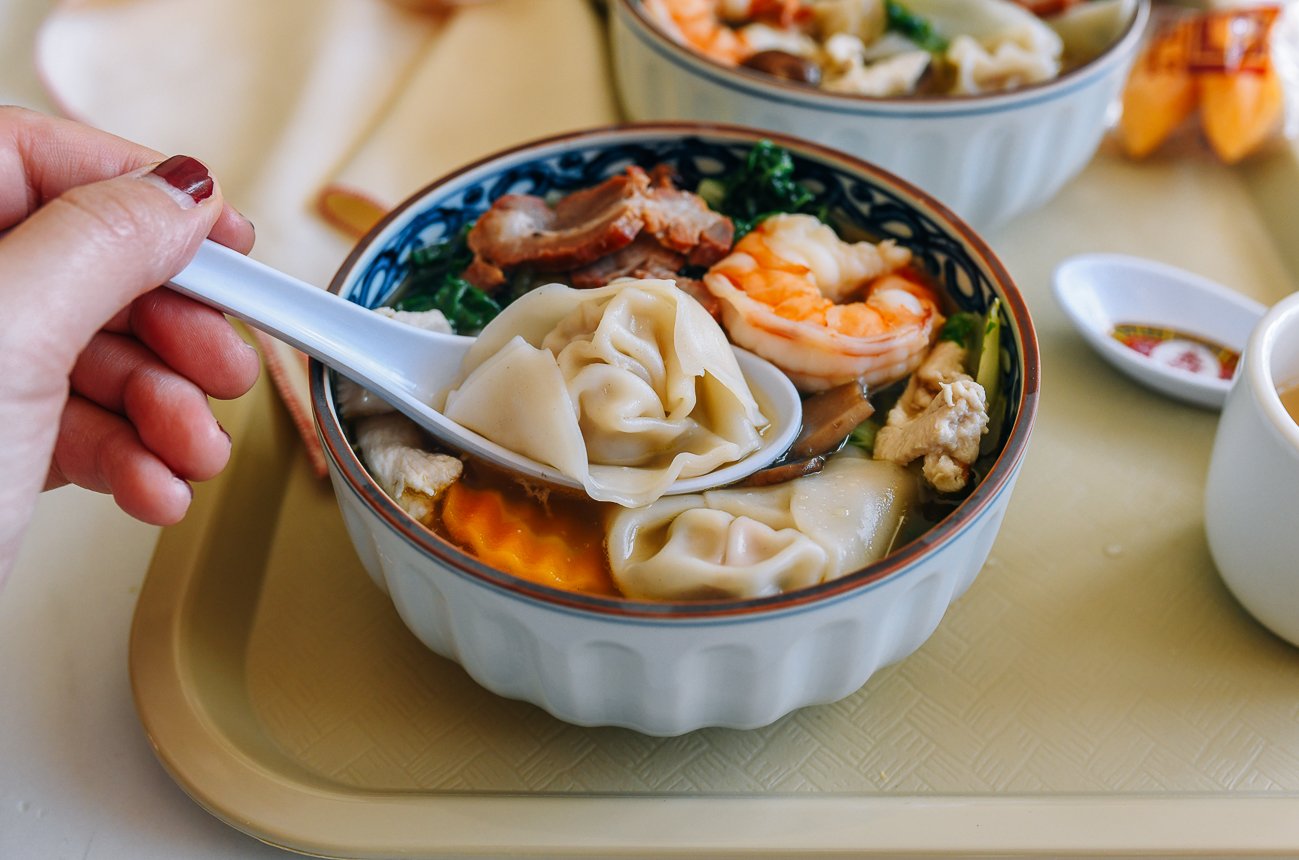When it comes to egg-based dishes, two popular options that often get confused are frittatas and omelettes. While both are delicious and versatile, there are some key differences that set them apart. Let's take a closer look at each dish to understand their unique characteristics.
Frittata
A frittata is an Italian dish that is essentially an open-faced omelette. It is typically made by whisking eggs and mixing them with various ingredients such as vegetables, meats, and cheeses. The mixture is then poured into a hot skillet and cooked slowly over low to medium heat. Unlike an omelette, a frittata is not folded during the cooking process.
Key Characteristics of a Frittata:
- Baked, Not Flipped: Unlike an omelette, a frittata is not flipped during the cooking process. Instead, it is often started on the stovetop and finished in the oven.
- Versatile Ingredients: Frittatas are known for their versatility, allowing for a wide range of ingredients to be incorporated into the dish.
- Serving Style: Frittatas are often served in wedges, similar to a quiche, making them a great option for serving a crowd.
Omelette
An omelette, on the other hand, is a classic dish made by whisking eggs and cooking them in a hot skillet. The eggs are typically folded around a filling, which can include ingredients such as cheese, vegetables, and meats. Omelettes are known for their quick cooking time and the ability to customize the fillings to suit individual preferences.
Key Characteristics of an Omelette:
- Quick Cooking: Omelettes are cooked relatively quickly, often taking just a few minutes from start to finish.
- Folded Style: Unlike a frittata, an omelette is folded over the filling during the cooking process, creating a neat, compact shape.
- Customizable Fillings: Omelettes lend themselves well to a wide range of fillings, allowing for endless flavor combinations.
The Key Differences
While both frittatas and omelettes are made from eggs and can be filled with a variety of ingredients, the main differences lie in their cooking methods and presentation. Here are the key distinctions between the two:
- Cooking Technique: Frittatas are typically started on the stovetop and finished in the oven, while omelettes are cooked entirely on the stovetop and require quick cooking to achieve the desired texture.
- Filling Incorporation: Frittatas incorporate the fillings into the egg mixture before cooking, while omelettes feature fillings that are folded inside the eggs during the cooking process.
- Serving Style: Frittatas are often sliced into wedges and served in a pie-like fashion, while omelettes are typically folded in half and served as a single portion.
In conclusion, while frittatas and omelettes share some similarities, such as being made from eggs and allowing for a variety of fillings, their cooking methods and presentation set them apart. Whether you prefer the open-faced, baked style of a frittata or the quick-cooking, folded nature of an omelette, both dishes offer a delicious way to enjoy eggs and a wide array of flavorful ingredients.
Was this page helpful?
Read Next: What Is Egg Cheese Recipe

